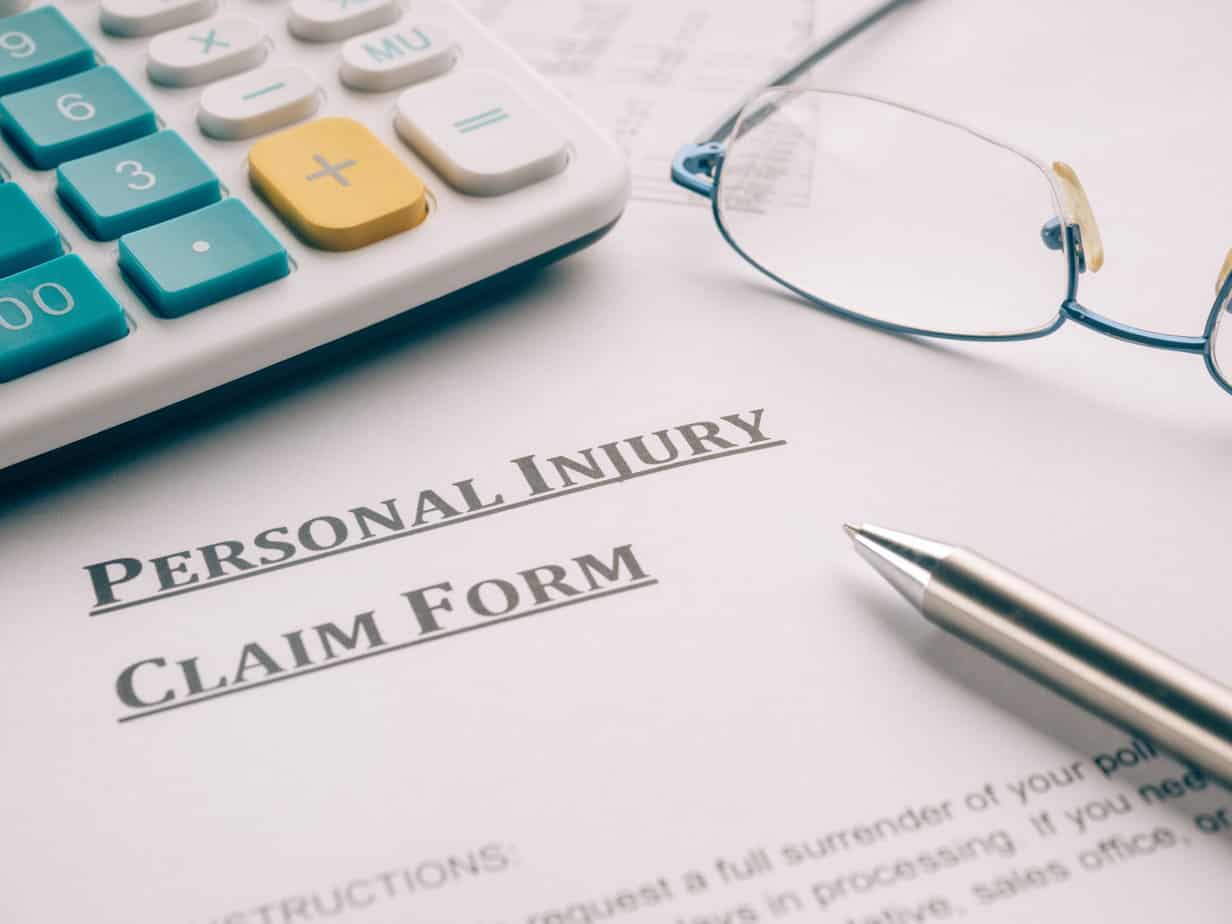Car accidents can result in major injuries and very high bills. If you have been injured in an accident due to another person’s negligence, Illinois requires that person pay for damages, including your medical bills. You may wonder how these expenses are calculated.
According to the Agruss Law Firm, some injury expenses are fairly straightforward. If you broke your arm in a car accident that was 100% the fault of the other driver, their insurance should pay for the cost of treatment or surgery for your arm. It should also pay for physical therapy and any pain medications that you had to take due to your injuries. You should also be compensated for any time you had to take away from work due to your injuries.
There are some injury calculations that are more complex. Adjusters are people who work for insurance companies and try to determine how much a person should be compensated for if they are injured in an accident. They look at several factors before deciding if an insurance company’s client is really to blame and how much an accident victim should be compensated.
What Are the Laws in Your State?

You probably already know that there are two different types of insurance rules in the U.S.; fault and no-fault. In a no-fault state, a person’s insurance policy will pay for their bills no matter who is to blame for an accident. In a fault state like Illinois, the person who caused the crash must pay the bills. What you might not know is that there are different kinds of fault states.
There are three types of fault rules. The type of fault state in which you live may determine the amount of money you will get.
Pure Comparative Fault
Pure comparative fault is the most liberal of all insurance rules. If you are lucky enough to live in one of the 13 states with this rule, an insurance company must compensate you for your injuries, even if you are primarily to blame for an accident.
The insurance company must pay for the percentage of an accident for which their client is responsible. For example, if you are 25% responsible for an accident, the other driver’s insurance must pay 75% of your bills, and your insurance company will pay 25% of the other driver’s bills.
Modified Comparative State
In a modified comparative state like Illinois, the person most responsible for the accident must pay the bills. Hence, if you are more than 50% responsible for an accident, your insurance will end up paying the bills, but if you are less than 50% responsible, the other driver’s insurance should pay your bills.
Pure Contributory Negligence
Pure contributory negligence Is the strictest form of fault insurance. It states that if a person is the slightest bit to blame for an accident, they will not be able to collect any money at all for their injuries. It is the rule in the most conservative states in the country.
What Adjusters Look for

Insurance adjusters are employees or contractors of the insurance company. Any insurance company wants to keep expenses low. The more claims they deny, the more money they will get to keep in-house.
There are a few things an adjuster may consider that will lessen the amount of a claimant’s payout. They include:
- A record of the claimant saying they are sorry for the accident or admitting to it.
- Delaying your claim until you give up or are willing to take less than you should get just to have it over and done with.
- They may try to say you are exaggerating your pain level or the physical limits your injuries have put on you.
- If you have pre-existing conditions, they may try to blame certain injuries on the condition rather than the accident. They cannot deny you a payout because of a pre-existing condition, but they may try to offer you a reduced amount.
Insurance companies will often employ investigators who try to catch you participating in activities you claim your injuries have prevented you from participating in.
Non-Economic Damages

Non-economic damages are some of the hardest payouts to get. The way an accident has affected a person emotionally can be very hard to prove. Juries and insurance companies tend to be tight-fisted when it comes to these kinds of damages unless your injuries are very severe or you have a very good lawyer.
When you are awarded money for pain and suffering, insurance companies have two basic ways of calculating the amount of money you should get.
The multiplier method rates your pain on a number between one and five and multiplies it by the dollar amount of your medical bills. The insurance company determines the level of your pain, not you or your doctor. If you feel that they are not rating your pain correctly, you should talk to an attorney.
The other method they use is called Per Diem. They simply multiply the number of days you have suffered from your injury times a daily rate. The daily rate is generally based on your individual monthly income. The number of days you have suffered is often the opinion of the adjuster.
Getting compensation for your injuries can be challenging. If you hire a trained and experienced personal injury attorney and document your medical bills, you should get the money you need to move on with your life.









